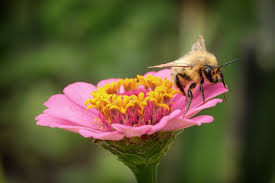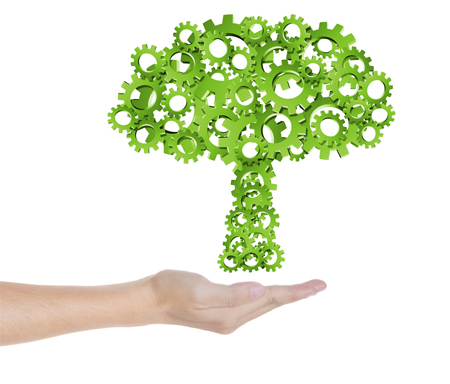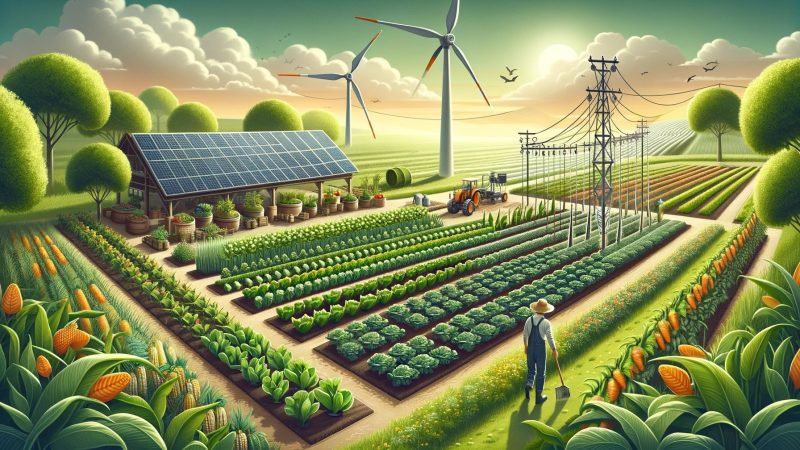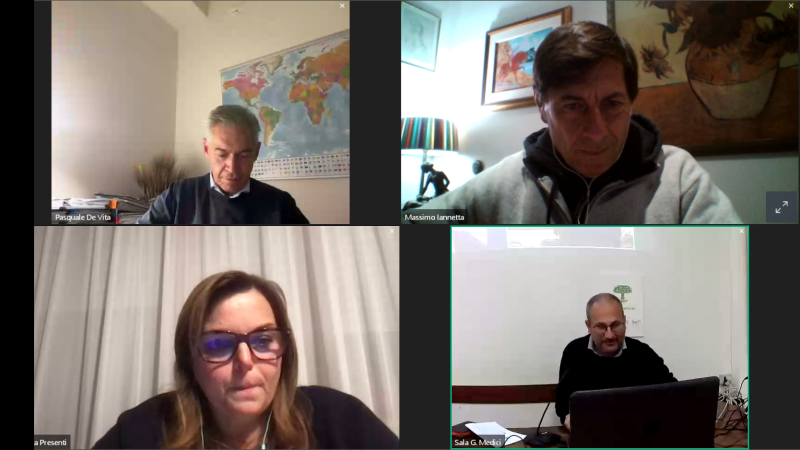Sustainable agriculture in wetland areas: the role of pollinators

1. Background
Wetlands, including areas of marsh, fen and peatlands, are one of the richest ecosystems in terms of biodiversity. Those areas provide the right conditions to several habitats, not only becoming home for a wide range of flora and fauna but also providing many services essential to human survival, such as ground water recharge, soil retention and climate mitigation.
Wetlands have been compared to rainforests and coral reefs because of their support to a very high number of species: the amount of biomass produced, the high level of nutrients and shallow water, is the ideal combination for important organisms at the base of our Planet equilibrium.
Although their vital role for the environment, wetlands are seriously threatened and due to industrial development, increasing human population, agricultural intensification and climate change, they risk declining every year more, with related habitats degradation and catastrophic consequences in terms of flora and fauna. Nowadays, water birds, wetland-dependent mammals, fresh water fish and amphibians are rapidly declining and are under serious threat.
If well managed and protected, wetlands are home to healty biodiversity systems and thus, they can provide efficient services to nature and human population. Biodiversity and wetlands are reciprocal health indicators.
In this context, pollinators play a key role for the general equilibrium,: insects and above all bees are not only indicators of an healty ecosystem but also provide essential services to maintain such equilibrium. Bees are the major pollinators of native plants and crops in terrestrial ecosystems and the registered native-bees decline have been linked to the degradation of suitable habitats, such as wetlands, necessary refuges for bees communities…






